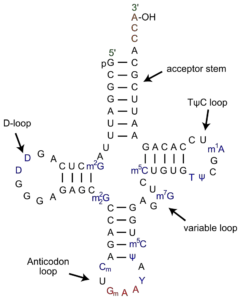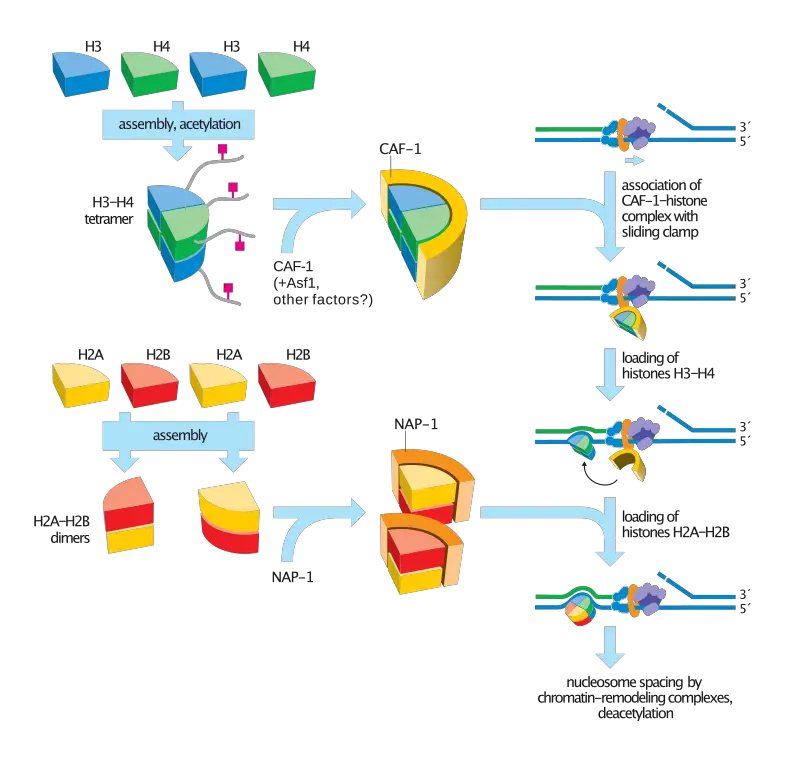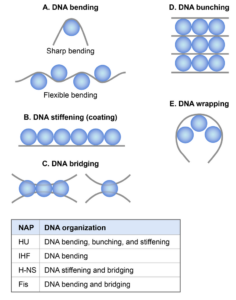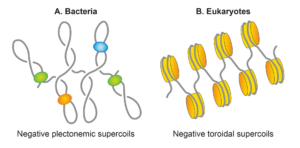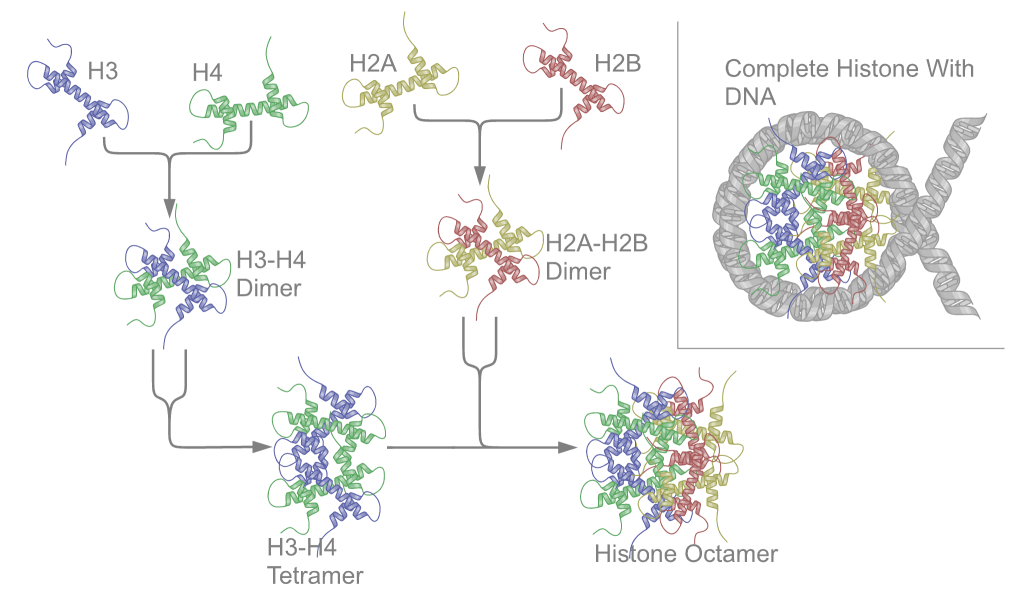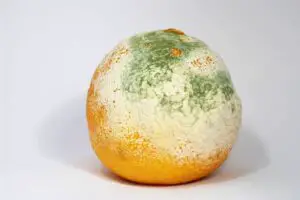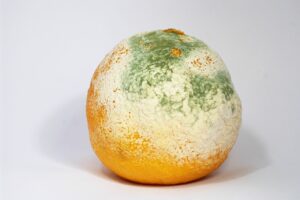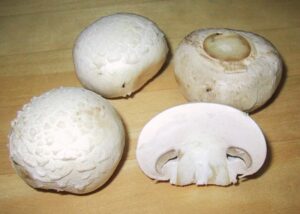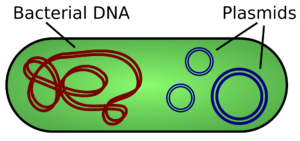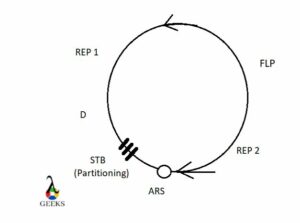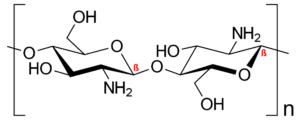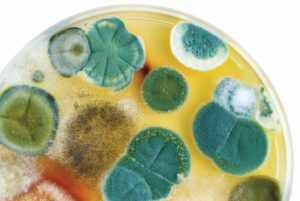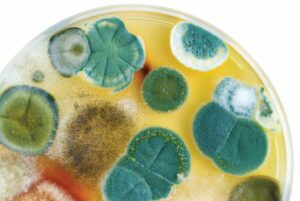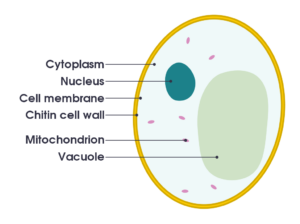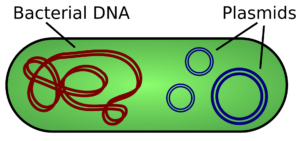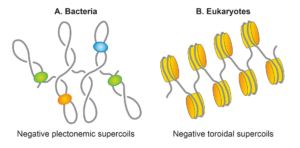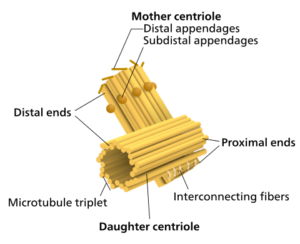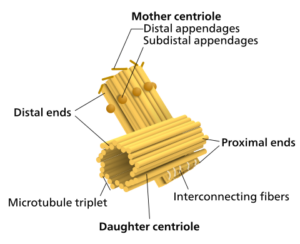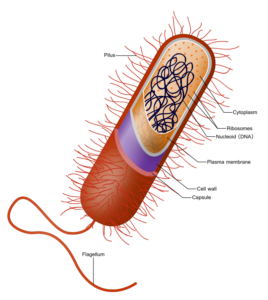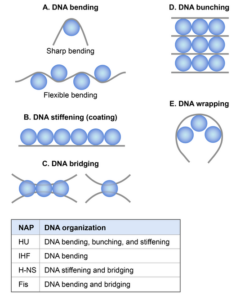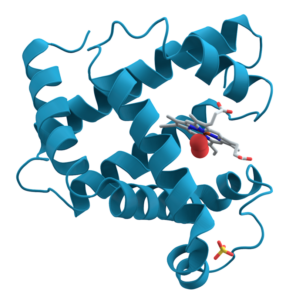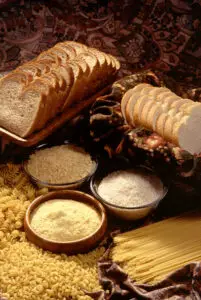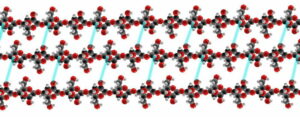Prokaryotes like all other organisms contain RNA.
So to the question “do prokaryotes have RNA?” yes, they absolutely do. RNA in many forms is essential for protein synthesis in all organisms irrespective of their nuclear organization. Translation i.e the process by which proteins are synthesized is essentially dependant on RNA.
The lack of a nucleus distinguishes prokaryotes from eukaryotes. As a result, prokaryotes lack several RNA molecules that act inside the nucleus. Most long noncoding RNA (lncRNA) and related forms [enhancer RNA or eRNA, circular RNA or circRNA, etc.] are absent in prokaryotes
Due to the absence of a nucleus and tiny genomes, prokaryotes are left with only brief intragenic regions. The quantity of lncRNA grows as the genome size and noncoding DNA percentage increases. The emergence of lncRNA appears to be a late evolutionary process.
Do prokaryotes have RNA polymerase?
For the process of transcription, prokaryotes do possess Rna polymerase.
Transcription is the process of coding a gene to its respective mRNA. RNA polymerase is the enzyme that converts the gene to mRNA.
Since the prokaryotic gene is small and not as complex as compared to eukaryotes, prokaryotes have a single RNA polymerase to transcribe all their genes. In E. coli, RNA polymerase is a pentamer i.e. it is composed of a total of five polypeptide subunits, of which two are identical.
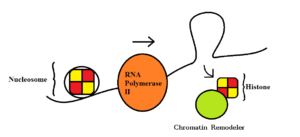
Image: Wikipedia
The polymerase core enzyme is made up of four subunits, designated by the letters α, α, β, and β′. After a gene is transcribed, these subunits combine, and when transcription is concluded, they dismantle where each component has a distinct purpose.
Do prokaryotes have RNA processing?
Prokaryotes perform processing only for ribosomal RNA and tRNA.
The processing of RNA is a process by which most newly synthesized RNA must go through to become functional. To be transformed to their functional forms, most freshly produced RNAs must be changed in various ways.
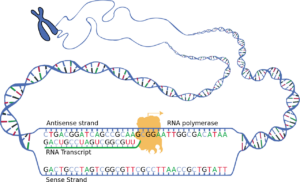
Image: Wikipedia
Prokaryotic or bacterial mRNA (messenger RNA) is the only exception to this rule as it is not processed but directly translated to protein. However, the first transcripts of both rRNAs and tRNAs have to go through a series of processing activities in both prokaryotic and eukaryotic cells.
Do prokaryotes do RNA processing?
Prokaryotes do perform RNA processing.
Prokaryotes need to process all other RNAs present and produced except mRNA. This includes transfer RNA(tRNA) and ribosomal RNA(rRNA).
The basic processing of ribosomal and transfer RNAs in prokaryotic and eukaryotic cells is actually not very different. Eukaryotes contain a total of four ribosomal RNA types, three of which (the 28S, 18S, and 5.8S rRNAs) are produced by cleavage of the same long precursor transcript known as a pre-rRNA.
Prokaryotes have only three ribosomal RNAs (23S, 16S, and 5S), which are similar to the 28S, 18S, and 5S rRNAs found in eukaryotic cells and are generated from the same pre-rRNA transcript. This also shows that they are similar in function.
Do prokaryotes have RNA splicing?
Prokaryotes essentially do not require to perform splicing.
Splicing is the processing of hnRNA(hetero-nuclear RNA) to convert it into mRNA. It is considered a post-transcriptional step i.e. a step done after transcription and before translation.
The process of converting hnRNA to mRNA involves removing the non-coding parts of the genes also called introns. The coding regains or exons are joined together to form the mRNA.
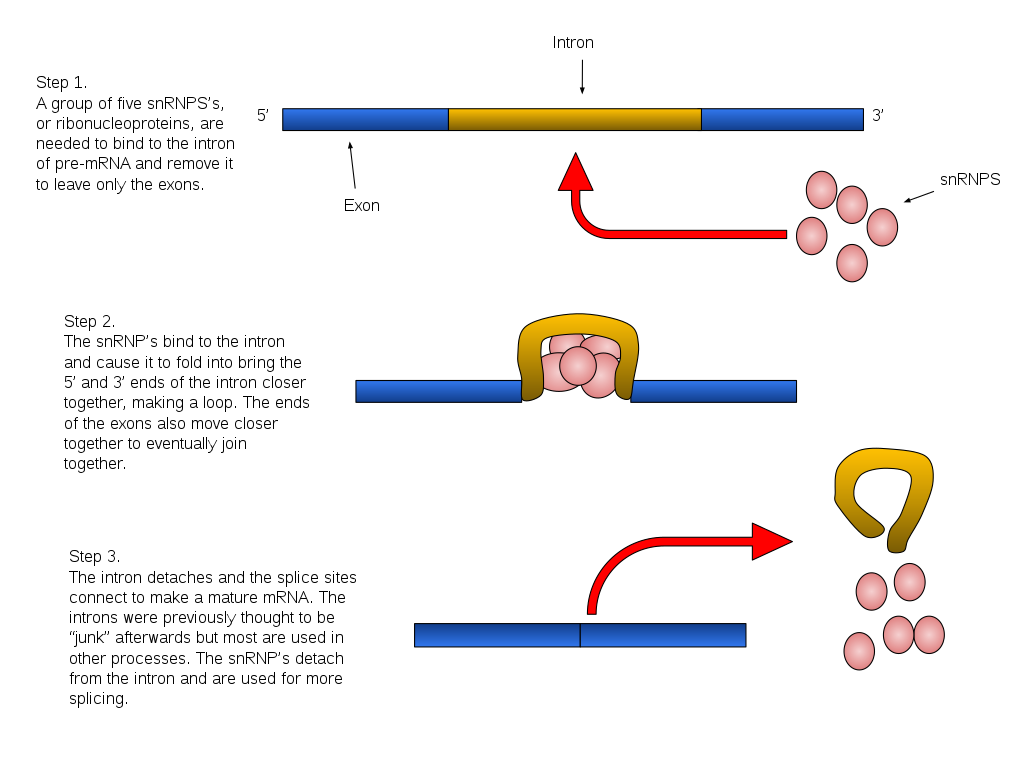
Image: Wikipedia
But this process is unnecessary in prokaryotic cells as the gene itself is very limited in them. Processing the RNA would mean wastage of the cell’s resources, hence the gene itself has only coding regions.
This means that the mRNA is made solely of exons and can be translated to protein as it is.
Do prokaryotes have both DNA and RNA?
In nature most organisms have both RNA and DNA, so do prokaryotes.
DNA and RNA are equally important for the proper functioning of the cell and its functionalities. They have separate functions and requirements.
While both are nucleic acids DNA is preferred as a genetic material due to its stable structure and chemical composition. While RNA is not as stable it is definitely more versatile.
RNA s can function in more than one way, but mRNA, rRNA and tRNA are all very important for a cell to be able to convert the genes present in their DNA into the proteins they wish to express.
Do prokaryotes have circular RNA?
Some prokaryotes have been found to have circular RNA.
RNA is typically single-stranded and is either intermittently available or simply exist as a polymeric shape to maintain stability. The fact that circular RNA exists is proof of this assumption.
Circular RNA or circRNA in Archeae is typically excised or intricately cut tRNA segments that have formed a circular shape so that they can stably exist. In most Archeae, it appears that no circRNA is produced from coding genes.
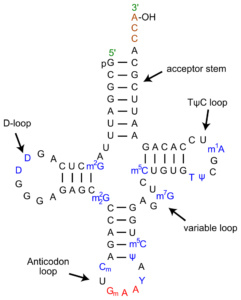
Image: Wikipedia
Sulfolobus acidocaldarius, an archaeon, has retained several of these circRNAs. In eubacteria, there is almost no circRNA, with just a few intriguing possibilities relating to rRNAs and tRNAs.
Why do prokaryotes only have one RNA polymerase?
Prokaryotic transcription uses one single RNA polymerase for coding all its genes.
RNA polymerase enzyme is what converts the genes in the DNA to mRNA. They occur in all organisms across nature and are essential to protein synthesis. The reason why prokaryotes have a single RNA polymerase compared to the three in eukaryotes is rather simple.
They have a small chromosome and a very minute amount of genes. Hence to have more than one RNA polymerase to code the genes on one chromosome would be a wastage of the cell’s resources. Also, prokaryotes came into being way before eukaryotes did and hence they are much less complex in organization as compared to the latter.
The same RNA polymerase transcribes all of the genes in prokaryotes. In E. coli, RNA polymerase is a pentamer composed of five polypeptide units, two of which are the same. The polymerase core enzyme is made up of four subunits designated as α, α, β, and β′ with another additional subunit to form the holoenzyme.
A polymerase must have all five subunits to function as a holoenzyme (a holoenzyme is a biochemically active compound comprised of an enzyme and its coenzyme).
Also Read:
